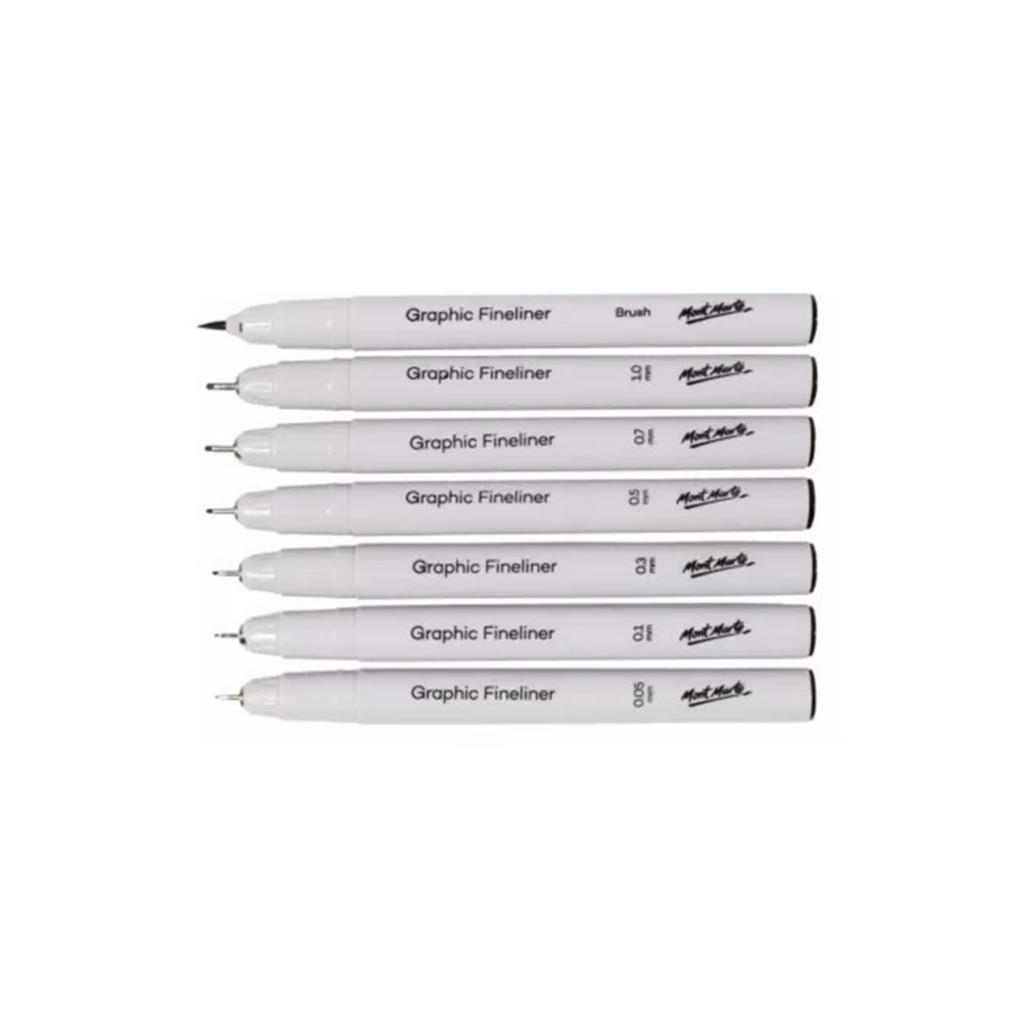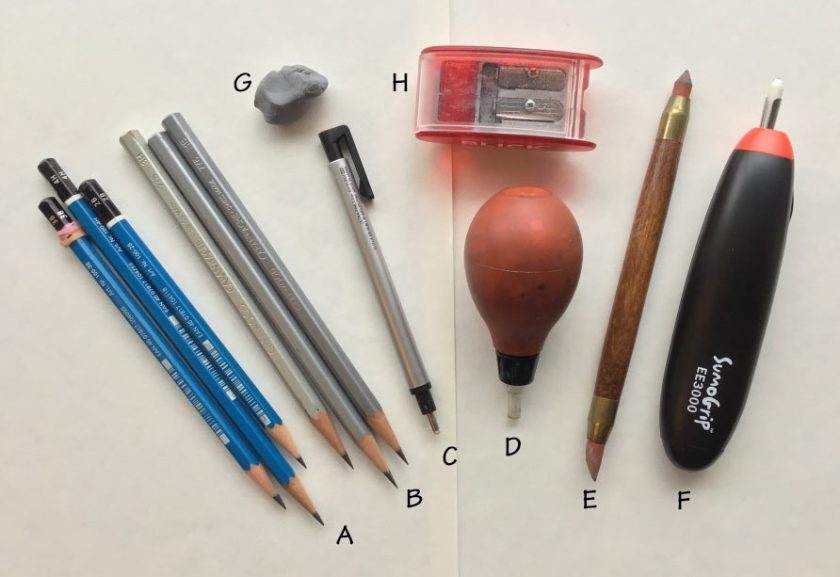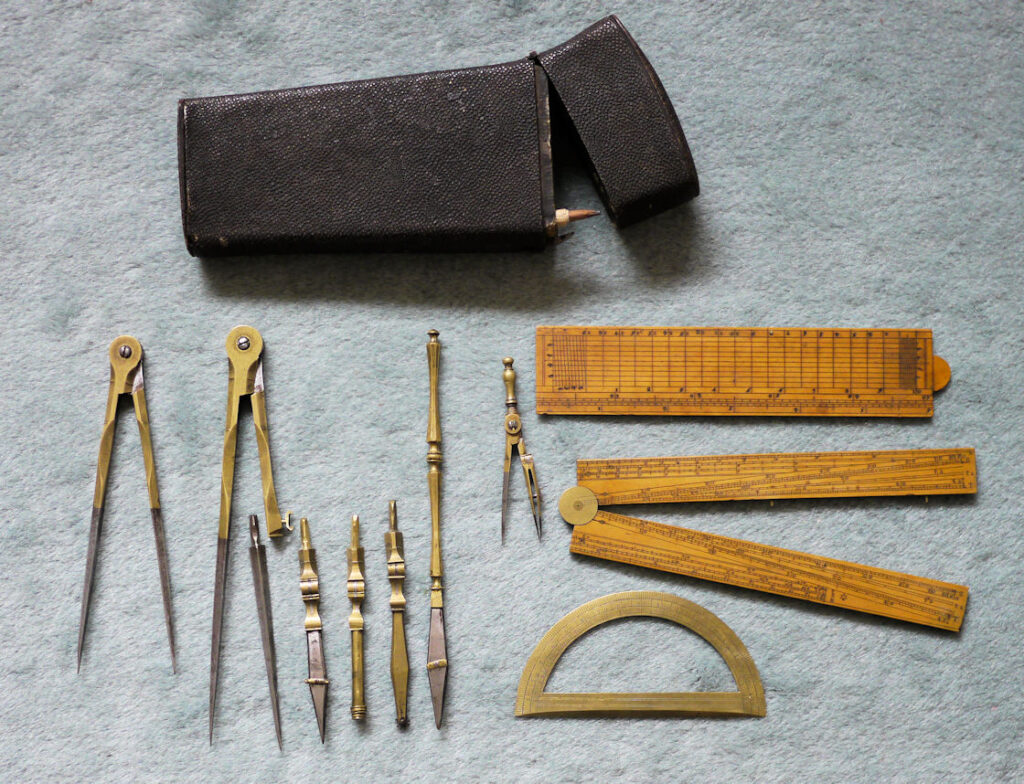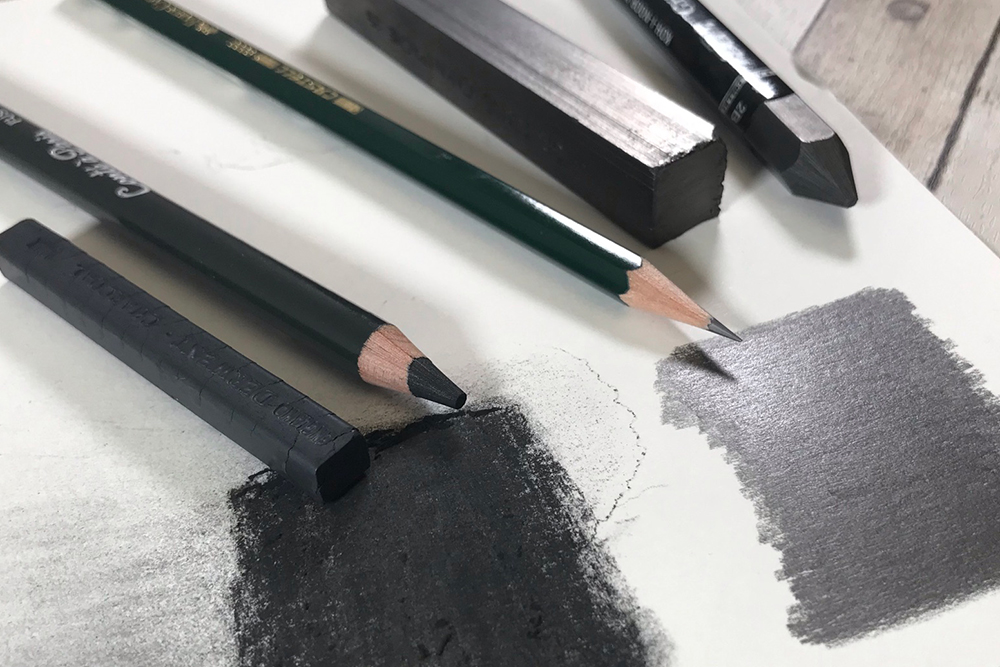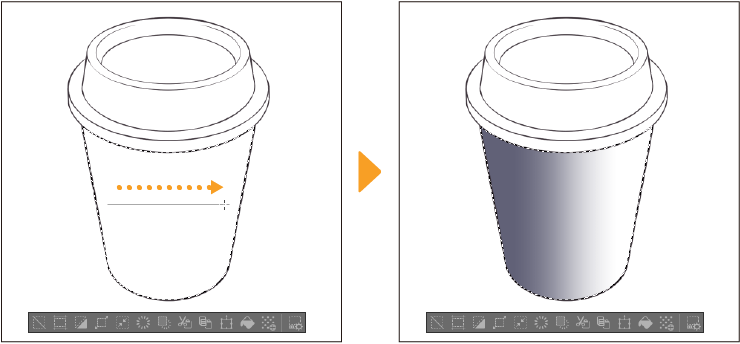Drawing a square can be a delightful experience. It’s not just about straight lines and angles.
Instead, it can be an expression of creativity and charm. Many people associate squares with simplicity. But there’s a world of possibilities in those four equal sides. Whether you’re doodling in a notebook or creating a detailed design, adding a coquette touch can make a simple square stand out.
Think of playful decorations, intricate patterns, or whimsical details. These touches can transform a basic shape into something eye-catching and unique. This blog will explore different coquette elements to enhance your square drawings. Dive in to discover how to infuse charm and elegance into your art with ease.
Exploring Geometric Patterns
Exploring Geometric Patterns opens up a world of creativity and precision. Geometric patterns are captivating due to their structure and symmetry. Squares, with their even sides, provide a perfect base to delve into these patterns. Let’s dive into some exciting aspects!
Intricate Designs
Creating intricate designs with squares can be both fun and challenging. Begin with a single square, then add more to form complex shapes. Use different sizes of squares to build depth. Combining these squares in various ways can lead to beautiful patterns.
- Overlaying squares: Place one square inside another.
- Rotating squares: Slightly rotate squares around a central point.
- Layering squares: Stack squares with varying transparency.
These techniques can produce mesmerizing designs. The key is to experiment with different arrangements.
Symmetry And Balance
Symmetry and balance are crucial in geometric patterns. Squares make it easy to achieve this. Think about how you can balance the squares on your canvas. Use a central point as a guide to ensure symmetry.
| Type of Symmetry | Description |
|---|---|
| Reflective Symmetry | Mirror image on either side of a line. |
| Rotational Symmetry | Pattern looks the same after a certain rotation. |
Using these types of symmetry, you can create balanced and pleasing patterns. It helps in making your designs look more professional and polished.

Credit: www.shutterstock.com
Nature-inspired Squares
Nature offers endless inspiration for creative projects. Drawing squares with nature themes can be both relaxing and beautiful. Here are some ideas to get you started.
Floral Motifs
Floral designs add a touch of elegance to any drawing. You can incorporate different flowers like roses, daisies, or tulips. Use a square frame to contain the design.
- Roses: Draw small roses in each corner of the square.
- Daisies: Create a daisy chain around the inside edges.
- Tulips: Place tulips in a symmetrical pattern within the square.
Combining various floral elements can make your square designs more interesting. Experiment with different flowers and arrangements.
Animal Shapes
Animal shapes add a fun and dynamic feel to your squares. Choose animals that fit well within a square frame.
- Butterflies: Draw butterflies at each corner, facing inward.
- Birds: Create a pattern with birds in flight around the border.
- Fish: Design a fish swimming in a circular motion inside the square.
Mix and match different animals to create unique and engaging designs. Play with sizes and positions to find the perfect balance.
Abstract Interpretations
Abstract interpretations of squares offer endless creative possibilities. This section will explore modern art ideas and minimalist approaches to drawing squares. These ideas can inspire your next artistic endeavor, whether you are a seasoned artist or a beginner.
Modern Art Ideas
Modern art embraces bold, unconventional interpretations. To draw a square with a modern twist, consider using vibrant colors and asymmetrical designs.
- Incorporate geometric patterns within the square.
- Use bold, contrasting colors to make the square pop.
- Experiment with layering multiple squares of different sizes.
These techniques add depth and interest to your square drawings. They encourage viewers to see beyond the simple shape.
Minimalist Approaches
Minimalist art focuses on simplicity and clarity. Drawing a square in a minimalist style involves clean lines and limited colors.
- Draw a single, precise square with a fine pen.
- Use monochromatic tones to keep the design simple.
- Incorporate negative space to enhance the square’s impact.
These minimalist approaches emphasize the beauty of the square itself. They create a calming and focused visual experience.
In both modern and minimalist interpretations, the square becomes more than just a shape. It transforms into a canvas for artistic expression, offering endless possibilities for creativity.
Cultural Influences
Exploring the cultural influences on coquette things to draw a square reveals a rich tapestry of tradition and modernity. Various cultures have contributed unique patterns and inspirations. This enhances the beauty and significance of square designs.
Traditional Patterns
In many cultures, traditional patterns play a vital role in square designs. These patterns often carry historical and symbolic meanings. Here are some examples:
- Geometric motifs: Seen in Islamic art, these create intricate designs within squares.
- Floral patterns: Common in Indian textiles, these bring life to square borders.
- Tribal symbols: Native American art uses squares to depict stories and heritage.
These traditional patterns not only beautify the squares but also preserve cultural heritage. They offer a glimpse into the history and values of various communities.
Global Inspirations
The influence of global inspirations on square designs is evident in contemporary art. Artists blend elements from different cultures to create unique and modern square patterns.
Here are some global inspirations:
| Region | Inspiration |
|---|---|
| Japan | Minimalist Zen patterns |
| Africa | Vibrant and bold prints |
| Scandinavia | Clean and functional designs |
These global inspirations offer a diverse palette for square designs. They encourage creativity and innovation. Artists can mix and match elements to produce fresh, exciting patterns.
Embracing both traditional and global influences allows for endless possibilities in drawing squares. This blend of old and new keeps the art form dynamic and relevant.
Interactive And Playful Designs
Creating interactive and playful designs can be a fun and rewarding experience. These designs engage viewers and invite them to explore the artwork. Coquette things to draw often incorporate elements that make the viewer think and play. Let’s dive into some interesting ideas for interactive and playful designs.
Puzzle Art
Puzzle art combines creativity with problem-solving. It challenges viewers to look closer and piece together the artwork. Here are some ideas for puzzle art:
- Jigsaw puzzles: Create a drawing and divide it into pieces.
- Hidden images: Draw a picture with hidden elements inside.
- Connect-the-dots: Make a design that reveals itself as dots are connected.
These ideas can make your art more engaging and interactive. They invite viewers to participate and discover the hidden beauty within.
Optical Illusions
Optical illusions are a clever way to play with perspective and perception. They can surprise and delight viewers with unexpected twists. Consider these types of optical illusions:
- Ambiguous images: Drawings that can be seen in more than one way.
- Impossible objects: Shapes that defy logic and seem impossible.
- Motion illusions: Designs that appear to move or change when viewed.
Optical illusions add a layer of mystery and magic to your drawings. They encourage viewers to look deeper and question what they see.
Interactive and playful designs bring a unique charm to your art. They engage, entertain, and challenge the viewer, making the experience memorable.
Using Technology
Technology has made drawing a square easier and more exciting. Various tools and techniques can help you create the perfect square. Whether you use digital tools or 3D printing, technology can enhance your drawing experience.
Digital Tools
Digital tools offer a wide range of options for drawing squares. You can use software like Adobe Illustrator or Photoshop. These tools provide precise measurements and easy adjustments. Even beginners can create professional-looking squares.
- Adobe Illustrator: This tool is perfect for detailed designs.
- Photoshop: Useful for adding squares to images.
- CorelDRAW: Another great option for vector graphics.
Using digital tools, you can also experiment with different styles. Try adding textures or colors to your squares. The possibilities are endless.
3d Printing
3D printing can take your square drawings to the next level. You can create physical squares with exact dimensions. This technology is perfect for creating models or prototypes. It is also useful for educational purposes.
To start, you need a 3D printer and design software. Here is a simple table to guide you:
| Step | Action |
|---|---|
| 1 | Design your square in 3D software. |
| 2 | Export the design to the 3D printer. |
| 3 | Print your square model. |
3D printing allows you to bring your square designs into the real world. You can touch, feel, and even use your squares in various projects.
Embrace technology to make drawing squares more fun and efficient. Whether you prefer digital tools or 3D printing, there is something for everyone.
Personalized Touches
Adding personalized touches to your coquette drawings can make them unique. These small, personal details can transform a simple square into something special. Each drawing tells a story, reflecting your personality and creativity. Let’s explore some ways to add these personalized touches.
Custom Creations
Custom creations make your drawings stand out. Think about what makes you unique. Incorporate those elements into your artwork. Maybe you love flowers. Draw delicate petals around your square. Or you have a passion for fashion. Add tiny clothing designs to your artwork. These custom touches make your drawing truly yours.
Handmade Elements
Handmade elements add a unique charm to your drawings. Use different textures and materials. Try adding a fabric piece or a button. These additions give your square a tactile feel. They make your art more engaging and interesting. Handmade elements show care and effort, making your work special.

Credit: www.tiktok.com

Credit: www.redbubble.com
Frequently Asked Questions
How Do You Draw A Perfect Square?
Start by drawing one straight line. Then draw three more lines connected at right angles.
What Tools Help In Drawing Squares?
Use a ruler or a T-square for straight lines. A compass can help with right angles.
Can I Draw A Square Without A Ruler?
Yes, you can draw freehand. Just take your time to make even sides and right angles.
What Are Common Mistakes In Drawing Squares?
Uneven sides or angles that are not 90 degrees. Double-check your lines and measurements.
Conclusion
Drawing a square can be fun and simple. Start with straight lines. Keep your hand steady. Focus on each side being equal. Practice often to improve. Use a ruler for precision. Explore different styles and patterns. Enjoy the creative process.
Everyone can draw a square with patience. Happy drawing!


